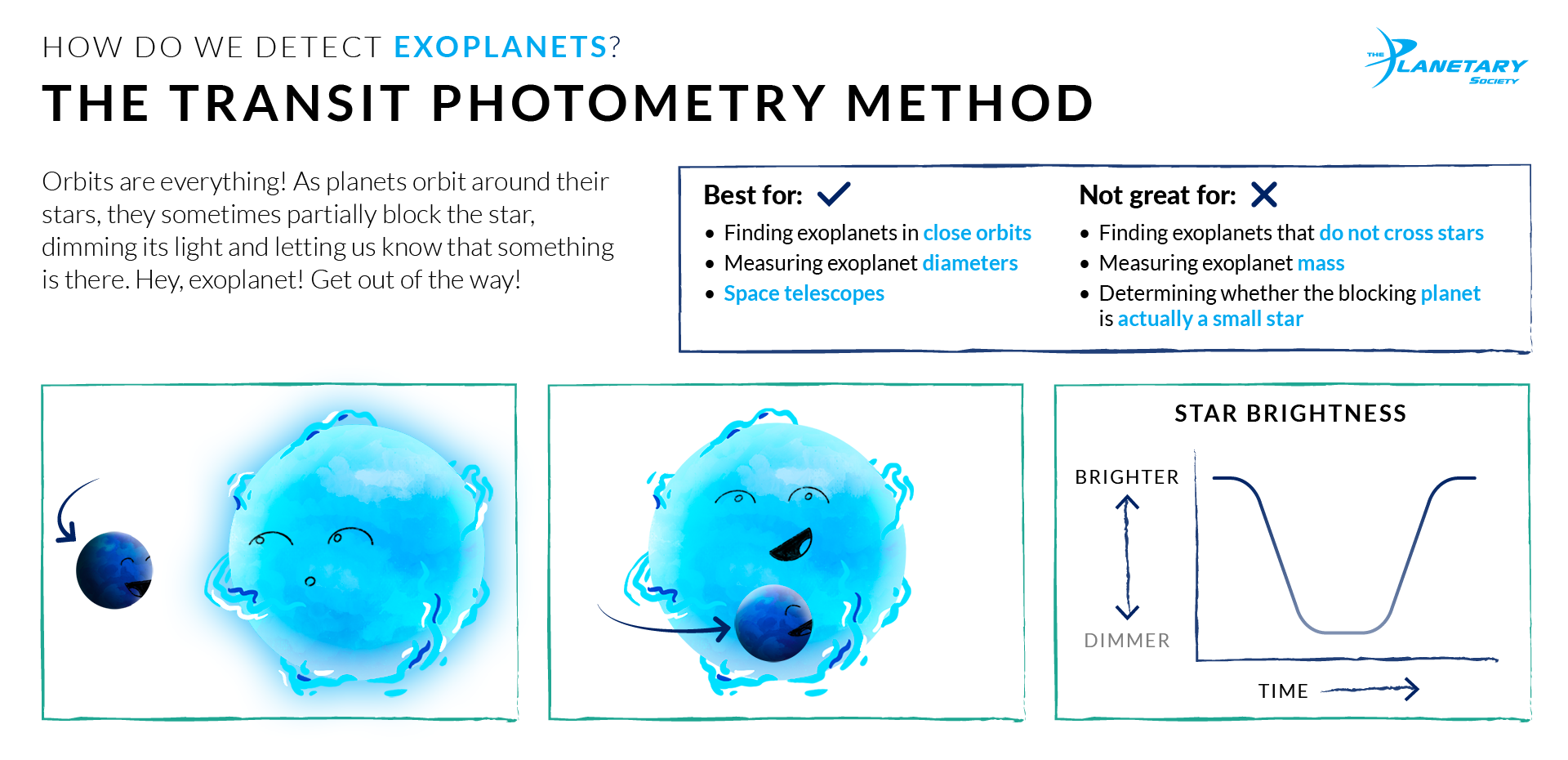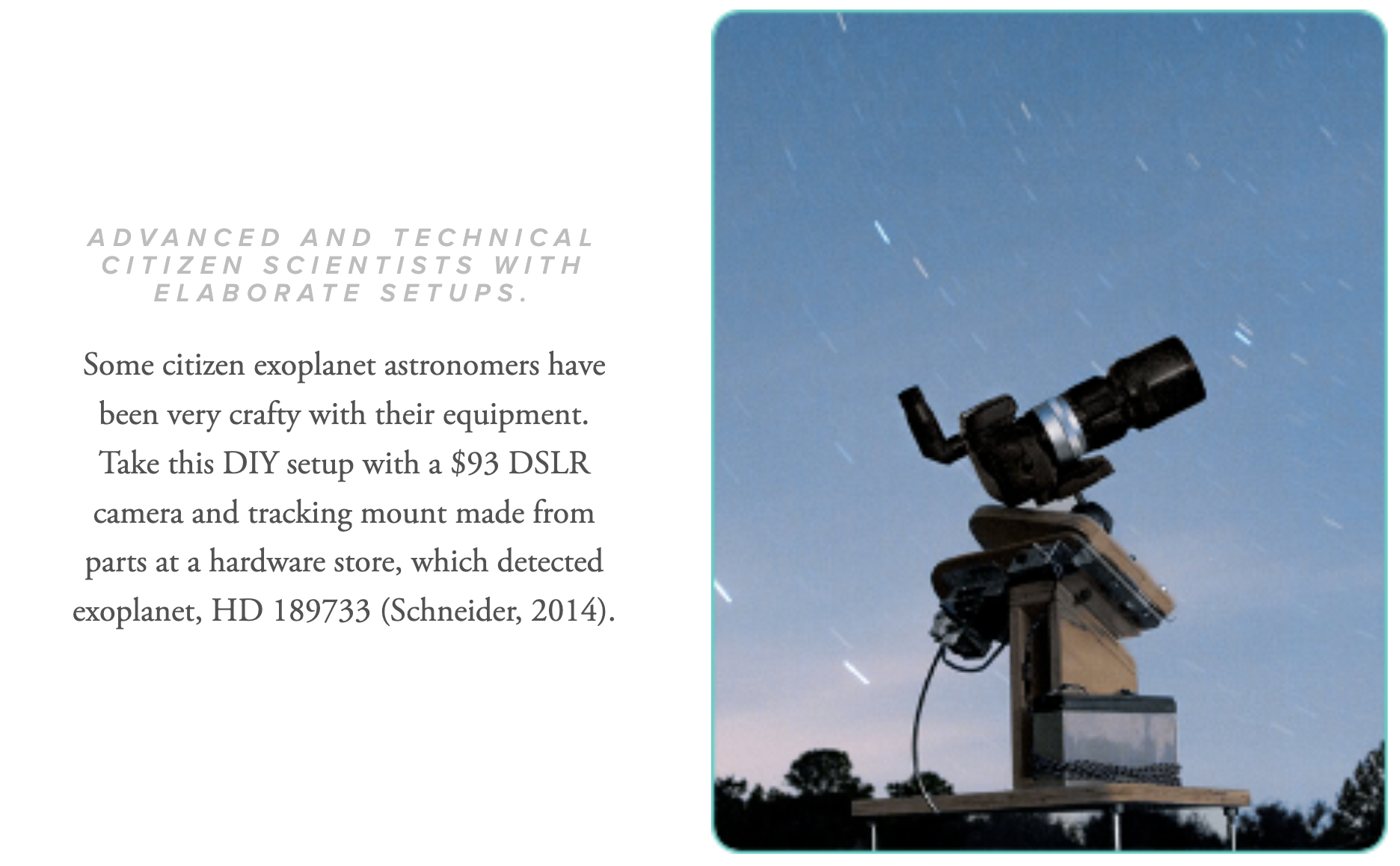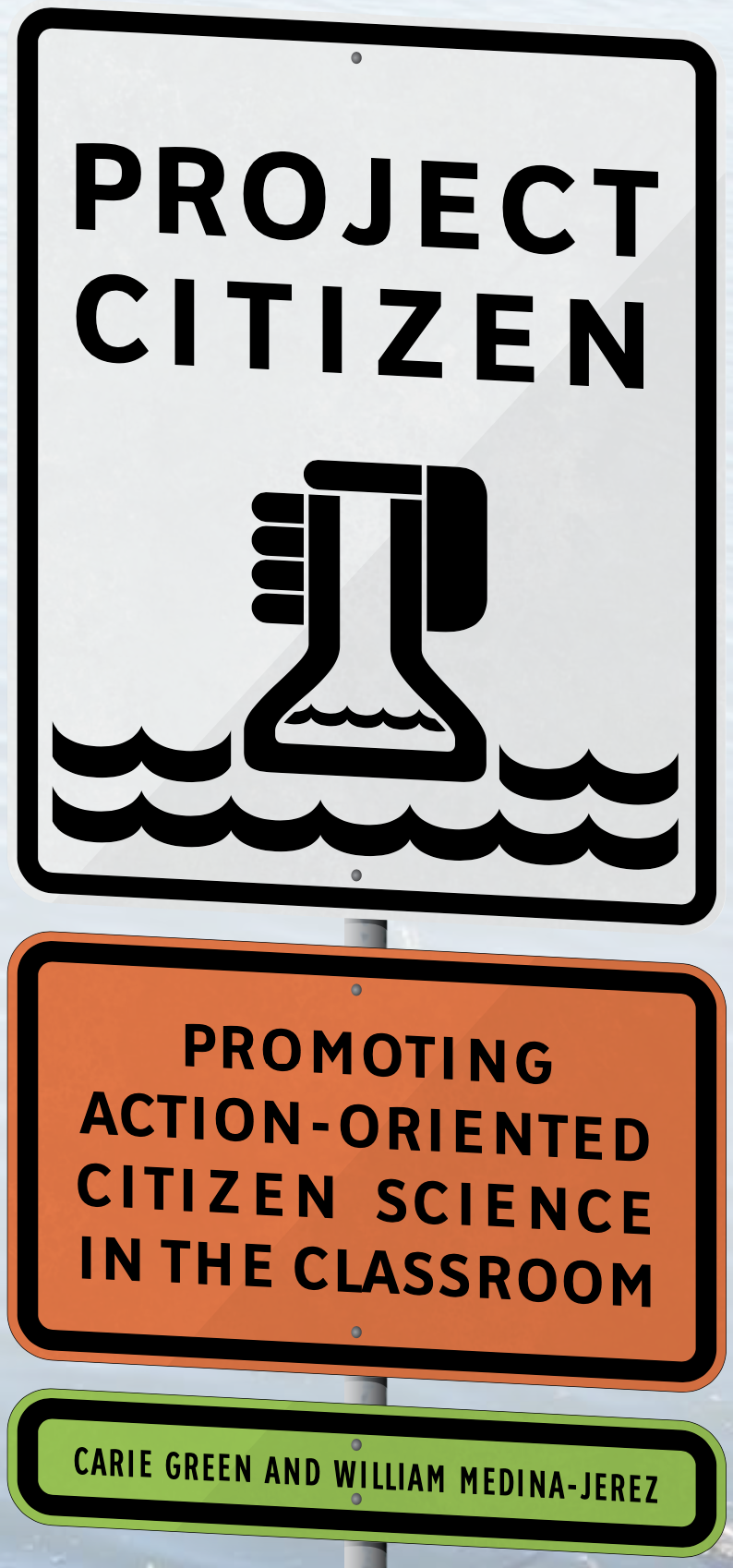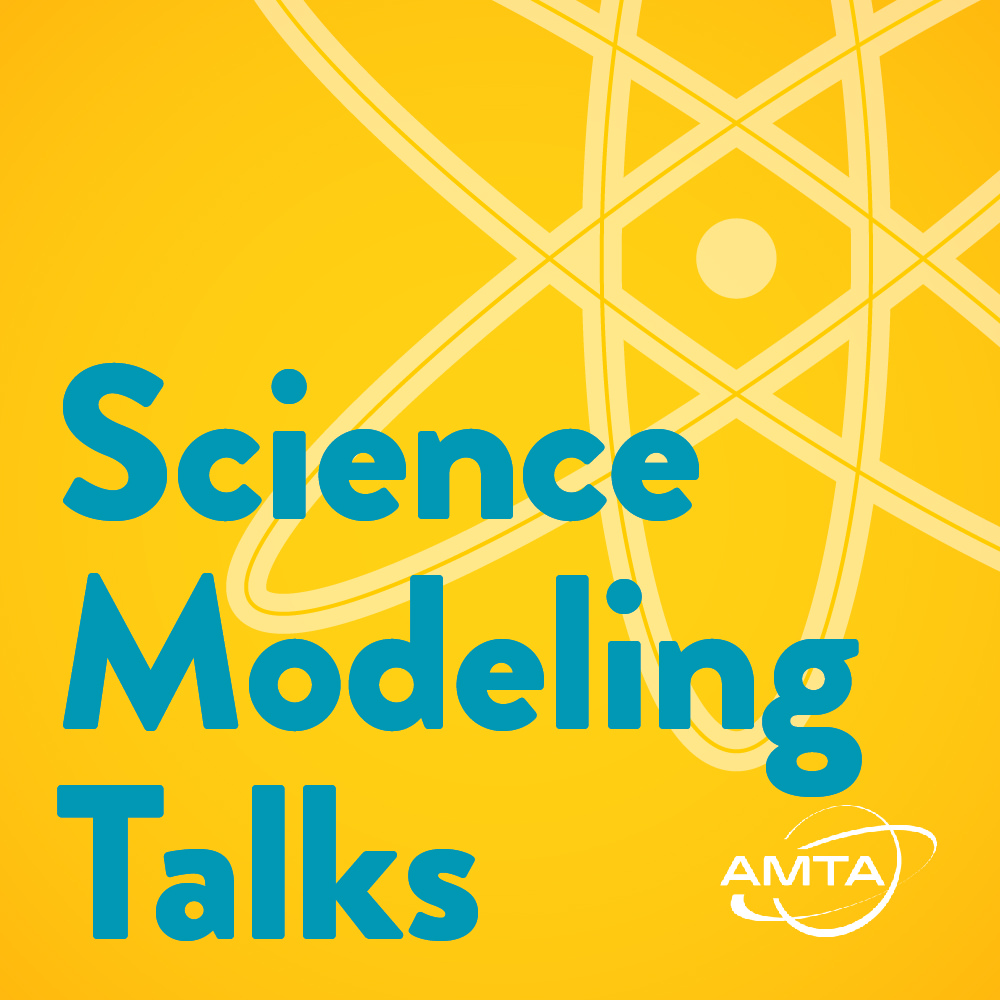
New Unistellar eVscope exoplanet light curve and exoplanet targets this weekend!
April 10, 2020Lightning strikes a dream
Several weeks ago I had a dream during the intense lightning storms in and around San Francisco and the greater Bay Area, which then sparked some of the devastating wildfires that we are still recovering from and experiencing.

In this dream, I was in my high school chemistry class. My group was asked to answer the problem on the board and when we went up and didn’t know the answer, everyone, including the teacher (and Nelson from the Simpsons), laughed at us. This inspired me to share the failure of the American education system with my students and how the current system values answers over process and problem solving while squashing their creativity and curiosity. Process, problem solving, knowing how to think rather than what, and curiosity and creativity are intrinsic and vital skills for science, education, and innovation in our modern time.
Video: Neil deGrasse Tyson on how our education system and society values answers over the process of thinking and problem solving. Who would you hire, the fact spewer or problem solver?
The Unistellar eVscope
This article aims to describe one part of my PhD thesis with the University of Southern Queensland to develop an exoplanet citizen science program for education. I have many ideas about how I’d like to change and improve our education system, especially science education, but in this article I would like to focus on one of them, which involves a new consumer telescope, called the Unistellar eVscope.

The eVscope is portable, easy to set up, and fits in a backpack. Photo: courtesy Unistellar
The Unistellar eVscope is a smart autonomous consumer telescope that is controlled entirely with the user’s smartphone through its innovative app. The telescope and app allow users to align, steer, select deep space objects (such as galaxies, star clusters, and nebulae), and contribute to citizen science projects with a simple touch. Its light amplification power and Enhanced Vision technology allow sky watchers to enjoy beautiful images of the cosmos even in our light polluted skies.

Simple overview of eVscope technology. Photo: courtesy Unistellar
“Unistellar’s goal is to make observational astronomy more enjoyable, accessible, and easier while developing new citizen science programs and increased interest and participation in astronomy in general.”
-Franck Marchis (Senior Planetary Astronomer at the SETI Institute and CSO of Unistellar)
The lone ability to have a robotic telescope bring the night sky back to us light-polluted city dwellers, and be accessible to its users[1], is an exciting reality with this telescope. However, in my opinion, that is not the most exciting part. In 2019, the SETI Institute signed an MOU with Unistellar to develop their citizen science network and connect users with professional astronomers so they and their eVscopes can contribute to real scientific research concerning comets, supernovae, planetary defense, and exoplanets (see SETI/Unistellar partnership article).
Unistellar eVscope technical info: “Unistellar’s new eVscope is a 4.5” (11.4 cm) Newtonian-like (focal length = 450 mm, magnification of 50) telescope designed specifically to work in urban and countryside environments . . . [It] is equipped with a sensor located at the prime focus of the telescope. The sensor is a CMOS low-light detector IMX224 (1/3-type, 1.27 megapixels, 12-bit, up to 60 fps) produced by Sony and characterized by a gain amplifier of up to 72 dB and a low read noise of less than 1 e- which allows us to record multiple frames with exposure times between 1 ms and 4 s. An on-board computer stacks and processes those frames (dark and background removal, shift-adding and stacking) to produce an improved image which is projected in real time through the electronics eyepiece. Each individual frame is stored in the telescope and can be accessed in 12-bit TIFF format by the user for a posteriori data processing and analysis.” (Marchis et al., 2020)
The eVscope has already proved itself capable of contributing to citizen science efforts concerning comets, asteroids and planetary defense, and detecting exoplanets orbiting distant stars in our galaxy (see Detecting Exoplanets and Asteroids: First Citizen Science Successes for Backyard Astronomy and Fragmentation of comet ATLAS observed on the first crowd-sourced pictures from citizen astronomers). The future of citizen science astronomy with this instrument is very bright (even if the stars eVscopes can observe in light polluted skies are not[2] 😉) and I can imagine thousands of telescopes around the world improving upon the signal-to-noise ratio of data collected on important scientific targets while engaging and educating the people of this planet.
[1] I.e. no technical knowledge required to operate, however, some may want to check out some of the technical instrument specs listed in this article
[2] eVscopes have observed Pluto, Vmag=14.5, from downtown urban environments (Marchis et al. 2020)
Exoplanet science
Exoplanets are planets that orbit stars other than our own Sun. These extrasolar planets were once only realized in science fiction until the first discovered exoplanets were confirmed in the 1990s. Since then, the field of exoplanet research accelerated with the NASA Kepler spacecraft mission, which found thousands of exoplanets in our galaxy. It is now known that at least one exoplanet exists per star in our Milky Way galaxy (Cassan et al. 2012). What kind of exoplanets are out there? Do they look like and have the same characteristics as the planets in our solar system? Do any of them have life? Is there another earth? These are just some of the many questions around this exciting field of research, and some of these questions are starting to have answers. However, with hundreds of billions of stars in our galaxy there are a lot of possibilities, and a lot of space to explore!

Astronomers have found planets similar to Tatooine in Star Wars that orbit around two stars. See Jonti Horner’s article on Kepler-16 (AB)-b that explains this find and phenomenon. Image: www.starwars.com

NASA’s Transiting Exoplanet Survey Satellite (TESS), currently in operation, is the follow-up to the successful Kepler mission. Its goal is to survey most of the sky for close by exoplanets and find the best Earth or super-Earth sized planets for future missions capable of further characterization, such as determining the makeup of their atmospheres and searching for possible biosignatures, which could indicate the presence of life. Image: NASA
How are these exoplanets found? There are many different exoplanet detection methods, but the most successful and well-known technique is the transit photometry method. With this method, astronomers point their telescopes to a star that may have an exoplanet orbiting around it and if they detect a dimming of the star’s light over time, then that could be indicative of a planet transiting in front of the star from our perspective (see How Do We Detect Exoplanets? from Planetary Society below). However, these candidate exoplanets, many of which are found by space-based telescopes like Kepler and TESS, need to be confirmed by ground-based telescopes to confirm their existence, rule-out false-positives, and conduct other measurements to further characterize the planet.

Learn more about different exoplanet detection techniques at the Planetary Society’s website
Citizen science astronomers have been very clever and have been able to detect exoplanets through the transit method for decades. In fact, the first confirmed transiting exoplanet, HD 209458b, although observed by professional astronomers, utilized equipment accessible to most astronomy hobbyists and proved that small telescopes could participate in this work. Their observation of this historic transit was done with a 4-inch telescope with a charge-coupled device (CCD) that astronomer, Tim Brown, built in his garage (Sincell, 1999).
Citizen astronomers today use consumer telescopes outfitted with expensive digital cameras, filters, and tracking devices to detect exoplanets and have been involved with professional astronomers for various exoplanet follow-up campaigns, such as the Kilodegree Extremely Little Telescope Follow-up Network (KELT-FUN) (Collins et al., 2018). Additionally, there are some online groups and organizations that support citizen astronomers in exoplanet detection, such as Dennis Conti, and his exoplanet group at the American Association of Variable Star Observers (AAVSO). Dennis even has some wonderful tutorials and a self-published guide to exoplanet observing available for free on his website, https://astrodennis.com.

The many citizen astronomers, observing exoplanets is admirable and inspiring. However, undertaking an exoplanet observation and data analysis using your own equipment and open-source software requires advanced technical skills and knowledge that most astronomy enthusiasts and telescope owners are unlikely to adopt and learn. This is exactly why the Unistellar eVscope is such a special instrument that has the potential to dramatically change how citizen science astronomy is performed—it’s easy to use, compact, fun, powerful, and has the resources and network of the SETI Institute to drive its development.
eVscopes and exoplanet science
Results are promising! The Unistellar network has been successful in detecting several exoplanet transits. Most notable is the detection of exoplanet Qatar-1b by citizen astronomer, Julien de Lambilly, with his eVscope in Switzerland in April 2020. Since then, the network of over a thousand eVscopes has contributed to Unistellar projects with 35+ transit light curves collected by amateur astronomers, but also newcomers in the field who had never conducted scientific observations in the past.

Transit light curves are used to model an exoplanet transit from collected data. The light curve above shows the transit of gas giant, Qatar-1b, and was processed using the EXOTIC photometry and modeling package (Zellem et al., 2020).
Students and teachers using Unistellar eVscopes can contribute to exoplanet science by helping to confirm candidate exoplanets, but also through NASA’s Exoplanet Watch program. Exoplanet Watch, led by Rob Zellem, is a citizen science initiative to make studies by large professional telescopes more efficient in the future. Large space-based missions that will proceed TESS, such as the James Webb Space Telescope, ARIEL, and PLATO, will look more deeply at the most interesting exoplanets found by TESS to study their atmospheres and search for possible signs of life. However exciting these future missions and their potential discovered are, Zellem et al. (2020) note that the mid-transit times and ephemerides for these planets become “stale” (i.e. the predicted times of future transits will be less accurate) over time and small citizen science telescopes, like the Unistellar eVscope, can help keep these times “fresh” so that when these telescopes launch they are able to efficiently conduct important science on these planets.
Other possible benefits of an eVscope exoplanet network include confirming candidate planets, observing long-period (>100 day) exoplanets to detect rings or moons, observing gravitational perturbations (TTVs—transit timing variations) to detect super-Earths, and searching for new exoplanets around less common stars, such as white dwarfs.
My project goals with the eVscope, exoplanets, and classrooms across the world
IMAGINE being in your high school physics, earth science, or middle or elementary school science class and told that you are going to be in charge of detecting and characterizing a planet around a distant star to help contribute to the search for life in the universe using a cutting-edge but affordable high-tech telescope. IMAGINE, as a student, being told that you would be in charge of this project with your peers in a collaborative team under the guidance of your teacher and a professional astronomer—treated as equals and professionals—to plan an observation, analyze the data, conduct science outreach, and in some cases publish your work in a junior academic journal. IMAGINE being a teacher and being told that you could do real publishable science with your students that is exciting and also be able to meet your course’s state science standards (e.g. Next Generation Science Standards, NGSS). IMAGINE being an astronomer and being able to initiate a network of eager citizen scientist students to contribute to your project while also making a lasting and rewarding impact within their communities.
As an education associate at the SETI Institute, my goal is to make those imaginings a reality by placing eVscopes in diverse communities and their Title I schools (low-income) and education centers, and develop a curriculum and teacher training program for a completely student-centered project-based and inquiry-based science learning experience.
Our project aims to place the entire process into the hands of educators and their students. Students and their teachers will have their own mobile observatories—Unistellar eVscopes—to conduct their own observations, they will work together to analyze the data to learn important scientific standards and technological skills, develop science outreach efforts for their research, present their work at conferences, and in some cases will even publish their work in existing and (possibly) newly created junior academic journals. Teachers will hopefully be enriched too and reignited with their passion for teaching, attract new teachers to the profession, and get them excited about doing real science with their students and publishing.
Additionally, I want to develop this program so that it reaches the most diverse students and inspire them with social-justice-centered science pedagogy, culturally relevant pedagogy, and reality pedagogy so students feel empowered to take ownership of their learning and communities. They will see themselves and other communities and nations under the same stars with the humbling and inspirational nature of astronomy.

Click here for article on citizen science in the classroom.

Ancient stars may have led early humans to walk upright (Melott & Thomas, 2019, click for NBC article). Image: Adrian Lam/NBC News
Our students are explorers too. It’s time we stop beating the curiosity and wonder out of them and let them explore, wander, wonder, and embrace their curiosity and creativity.
To the stars!

To listen to an interview with the author, Dan Peluso, and the American Modeling Teachers Association (AMTA) podcast, Science Modeling Talks, where he discussed these ideas and this project please click here or the image above.
References
Cassan, A., Kubas, D., Beaulieu, J. P., Dominik, M., Horne, K., Greenhill, J., . . . Wyrzykowski, Ł. (2012). One or more bound planets per Milky Way star from microlensing observations. Nature, 481(7380), 167-169. doi:10.1038/nature10684
Collins, K. A., Collins, K. I., Pepper, J., Labadie-Bartz, J., Stassun, K. G., Gaudi, B. S., . . . Zambelli, R. (2018). The KELT Follow-up Network and Transit False-positive Catalog: Pre-vetted False Positives for TESS. The Astronomical Journal, 156(5), 1-19. doi:10.3847/1538-3881/aae582
Marchis, F., Malvache, A., Marfisi, L., Borot, A., & Arbouch, E. (2020). Unistellar eVscopes: Smart, portable, and easy-to-use telescopes for exploration, interactive learning, and citizen astronomy. Acta Astronautica, 166, 23-28. doi:https://doi.org/10.1016/j.actaastro.2019.09.028
Melott, AL & Thomas, BC 2019, ‘From Cosmic Explosions to Terrestrial Fires?’, The Journal of Geology, vol. 127, no. 4, pp. 475-81.
Sincell, M. (1999). Shadow and Shine Offer Glimpses of Otherworldly Jupiters. Science, 286(5446), 1822-1823. doi:10.1126/science.286.5446.1822
Zellem, R. T., Pearson, K. A., Blaser, E., Fowler, M., Ciardi, D. R., Biferno, A., . . . Malvache, A. (2020). Utilizing Small Telescopes Operated by Citizen Scientists for Transiting Exoplanet Follow-up. Publications of the Astronomical Society of the Pacific, 132(1011), 054401. doi:10.1088/1538-3873/ab7ee7
NOTE: An expanded version of this article including more background info on the science of exoplanets and exoplanet transits, as well as more detail and resources about inquiry-based science education, Modeling Instruction, and project-based learning (PBL) was also published on the author’s personal website/blog at the following link:




